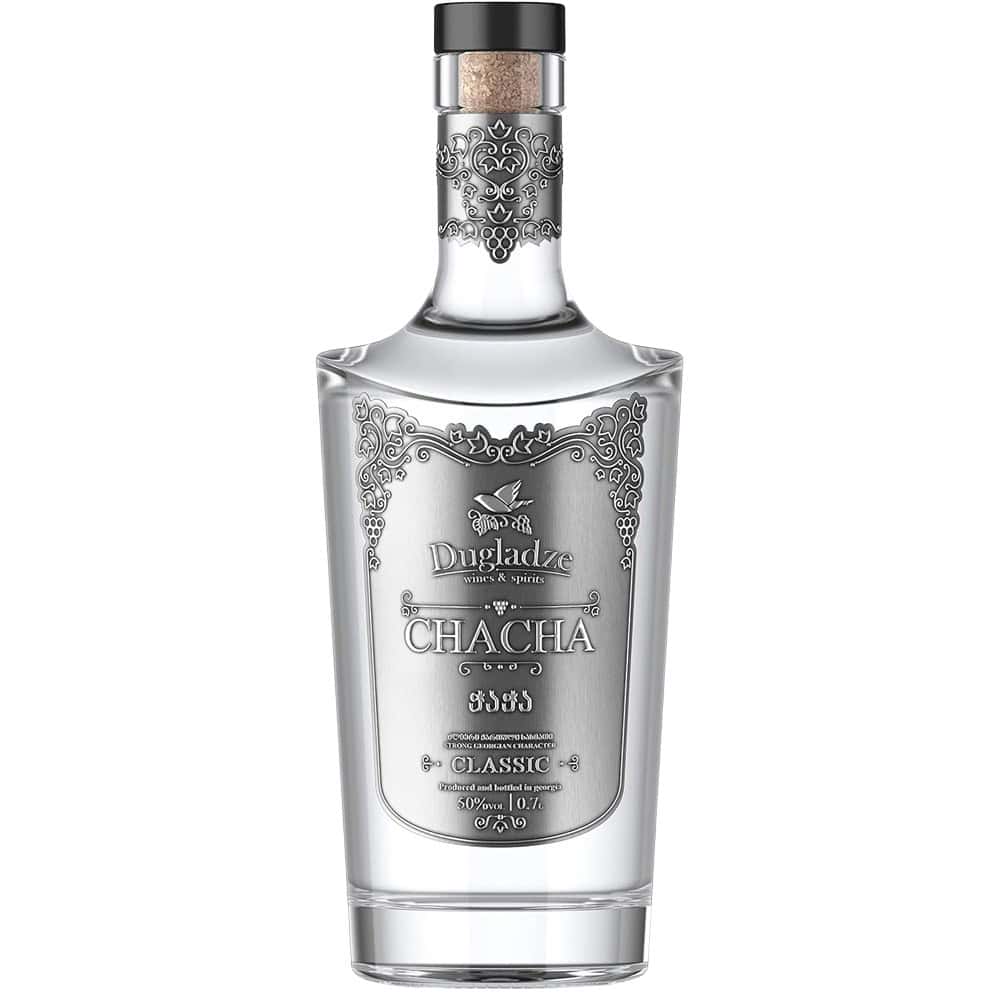When pouring a glass of liquor, it’s straightforward to seize an previous favorite from the drinks trolley. Whisky, rum, gin, vodka? Or perhaps a Cognac? However many different regional spirits exist—vastly widespread of their homelands and changing into extra widespread elsewhere.
Many iconic spirits originated from folks traditionally utilising the uncooked substances obtainable to them to make alcohol—barley in Scotland, grapes in France, agave crops in Mexico and so forth. Others are intriguing outcomes of colonisation and even medical analysis.
Subsequent time you attain for a spirit after a tough day or fire up a cocktail, get your exploring boots on and take your style buds on a flavour journey across the globe. Now could be the time to research—with out having to achieve in your passport.
Listed below are some must-try, typically ignored treasures to broaden your palate.
Brazil | Cachaça

- Cachaca 51
- Weber Haus Premium Brazilian Cachaça
Cachaça is as Brazilian as soccer, Carnival and samba. Typically known as ‘Brazilian rum’, it’s to not be confused with its Caribbean counterparts. Solely contemporary sugar cane juice is utilized in manufacturing, which is ruled by strict laws. The ensuing fragrant, zesty and herbaceous spirit is consumed neat or throughout the world-famous and refreshing Caipirinha cocktail.
This straightforward, rustic drink has been cachaça’s springboard into the mainstream. Many bar menus now function trendy twists on the Caipirinha, however it’s arduous to beat the traditional. Thought to have originated within the nineteenth century as a ‘medicinal drink’ to fight vitamin C deficiency amongst European settlers, it’s since grow to be a world favorite.
The Caipirinha is finest made straight within the glass. Add contemporary lime wedges and high-quality sugar to a glass and crush with a muddler or spoon. The sugar’s abrasive nature helps launch oils from the peel, including further flavour. Fill with ice cubes, add a beneficiant measure of cachaça and stir. Then sit again, sip and savour.
Cachaça (pronounced ka-shas-sa) has been produced in Brazil for practically 500 years, following the introduction of sugar cane by the Portuguese within the mid-1500s. The title is assumed to come back from the phrase ‘cagaça’, an alcoholic foam that types on fermented sugar cane juice.
China | Baijiu

- Ming River Sichuan Baijiu
- Kweichow Moutai ‘Moutai Prince’ Baijiu
Baijiu is a transparent Chinese language spirit and essentially the most consumed liquor on this planet by quantity. Actually, extra baijiu is distilled annually than all of the world’s gin, rum, Tequila, vodka and whisky mixed. The title baijiu (pronounced bye-joo) actually interprets as ‘clear liquor’, and the drink is deeply ingrained in Chinese language tradition.
It’s made primarily from sorghum, a millet-style cereal and the world’s fifth most cultivated crop. Different grains can be used. Fermentation happens in open pits or jars and is activated by qu, a starter tradition made out of grain, fungi and microorganisms distinctive to every distillery. The result’s a spirit with an unmistakable, punchy character that’s earthy, funky and in contrast to anything on the bar.
Thought to have originated over 2,000 years in the past as a medicinal tonic, baijiu was later referenced by poets throughout the Tang dynasty round 850 AD. In the present day, conventional etiquette requires baijiu to be served neat, at room temperature and in small cups, though youthful drinkers more and more take pleasure in it chilled or blended into cocktails.
Baijiu can also be showing on extra Western bar menus as adventurous drinkers and bartenders look to discover its complicated flavour profile. Time to strive? Undoubtedly—1.4 billion folks can’t all be flawed.
Peru | Pisco

- Barsol Primero Quebranta Pisco
- Tacama Demonio de Los Andes Pisco
Pisco is a brandy made out of fermented grape juice, typically in comparison with grappa. Nonetheless, it’s extra akin to Cognac—additionally made by distilling white wine, simply with none ageing. Peru is most related to Pisco, though it’s additionally produced in neighbouring Chile.
The spirit isn’t native to South America however was launched by Spanish colonists within the sixteenth century. It’s named after the Peruvian city of Pisco, as soon as an essential port and cultural hub for the Spanish Empire. Aguardiente de Pisco (actually ‘firewater of Pisco’) was exported again to Spain, the place its reputation grew.
In the present day, Pisco is a favorite amongst trendy bartenders and is commonly utilized in up to date craft cocktails. Its most well-known serve is the Pisco Bitter—a silky, citrusy cocktail that’s grow to be iconic. Rumoured to have been created by American expat Victor Morris in a Lima bar, the Pisco Bitter is a twist on the traditional Whiskey Bitter.
To make one, mix pisco and freshly squeezed lime juice (2:1 ratio) with a touch of sugar syrup and one egg white in a shaker. Shake vigorously, add ice, shake once more till chilled and pressure right into a coupe glass. Garnish with just a few dashes of Angostura bitters.
Japan | Shōchū

- Kyoya Shuzo Kanro Candy Potato Shochu
- Satsuma Kannoko Barley Shochu
Typically dwelling within the shadow of sake on the worldwide stage, shōchū is Japan’s true nationwide spirit, consumed much more incessantly by locals than sake itself. Decrease in alcohol than most liquors (often 20–25%), it’s refined, versatile and deeply woven into on a regular basis Japanese life.
Made utilizing substances like barley (mugi), candy potato (imo) or rice (kome), shōchū’s manufacturing relies upon closely on regional traditions. It’s distilled fairly than brewed (not like sake), leading to a cleaner, drier profile. It’s loved in numerous methods: neat, on the rocks, blended with water (mizuwari), and even with sizzling water (oyuwari).
Shōchū’s origins date again over 500 years, notably within the southern islands of Kyushu, the place cross-cultural affect from China and Korea formed its growth. Every selection brings its personal flavour—from the earthiness of imo to the sunshine nuttiness of mugi.
It’s a bartender’s favorite in Tokyo’s cocktail bars, and more and more making its means into Western drinks cupboards. Curious? Strive a traditional mugi shōchū on the rocks, and put together to rethink what a nightcap might be.
Switzerland | Absinthe

- Grande Absente Absinthe Originale
- La Price Absinthe Parisienne
This notorious inexperienced spirit has loved a outstanding renaissance over the previous twenty years. Absinthe is made utilizing herbs and medicinal crops, most notably wormwood, together with fennel, hyssop and inexperienced anise. Its title comes from Artemisia absinthium, the Latin title for wormwood.
Created within the late 18th century by French doctor Pierre Ordinaire in Neuchâtel, Switzerland, absinthe discovered fame 100 years later because the drink of alternative for Parisian bohemians—writers, poets and painters similar to Toulouse-Lautrec and Van Gogh. Its excessive alcohol power and rumoured hallucinogenic results gave it a popularity for debauchery, resulting in bans throughout a lot of the Western world by the Twenties.
However absinthe is again. Authorized once more, and thriving. Whereas it may be drunk neat, it’s mostly utilized in small portions so as to add depth and complexity to cocktails. A major instance is the Sazerac, which makes use of absinthe as a glass rinse earlier than the drink is constructed.
Not the spirit of scandal—it’s now the bartender’s secret weapon.
Georgia | Chacha

- Dugladze Traditional Chacha
- Chacha Traditional
Typically dubbed ‘Georgian grappa’, chacha is a fiery, clear spirit made by distilling the leftover grape skins, seeds and stems from winemaking. It’s potent stuff—often round 40–60% ABV—and deeply embedded in Georgian tradition. Historically home made in villages throughout the nation, it’s a staple at household feasts and celebratory toasts.
The title chacha comes from the Georgian phrase for ‘grape pomace’, and whereas it was as soon as seen as moonshine, the final couple of a long time have seen a wave of premium, artisanal bottlings which have elevated it to sipping standing. Some producers even age it in oak or infuse it with herbs and fruits for a twist on the traditional.
Drunk neat and sometimes in a small glass, chacha is commonly chased with bites of salty cheese or pickled greens. In the event you ever end up at a Georgian supra (feast), don’t be shocked if a toastmaster begins pouring it liberally between speeches.
It’s a spirit that’s as a lot about ritual and neighborhood as it’s about flavour, and it packs a punch.
Haiti | Clairin

- Clairin Sajous 2021 Rum
- Clairin Communal Rum
Clairin is the untamed spirit of Haiti—uncooked, rustic and full of character. Consider it as rum’s wilder cousin. Made out of contemporary sugarcane juice (not molasses) and wild fermentation with native yeasts, clairin is produced in tiny distilleries, typically with strategies unchanged for generations.
In contrast to most industrial rums, clairin is hyper-local. Every batch displays the particular terroir, sugarcane selection, and even the quirks of the open-air fermentation. It’s a bit like pure wine in spirit type—cloudy, punchy and proudly unfiltered. Anticipate grassy, earthy notes with an occasional funky edge that rum connoisseurs completely love.
Clairin is historically consumed neat in Haiti, typically straight from the nonetheless in rural villages. However it’s now gaining cult standing amongst bartenders worldwide, who use it so as to add complexity to tropical cocktails or reimagine classics just like the Daiquiri with a wilder twist.
In the event you like your spirits stuffed with soul, story and severe flavour, Clairin may simply be your new obsession.
















